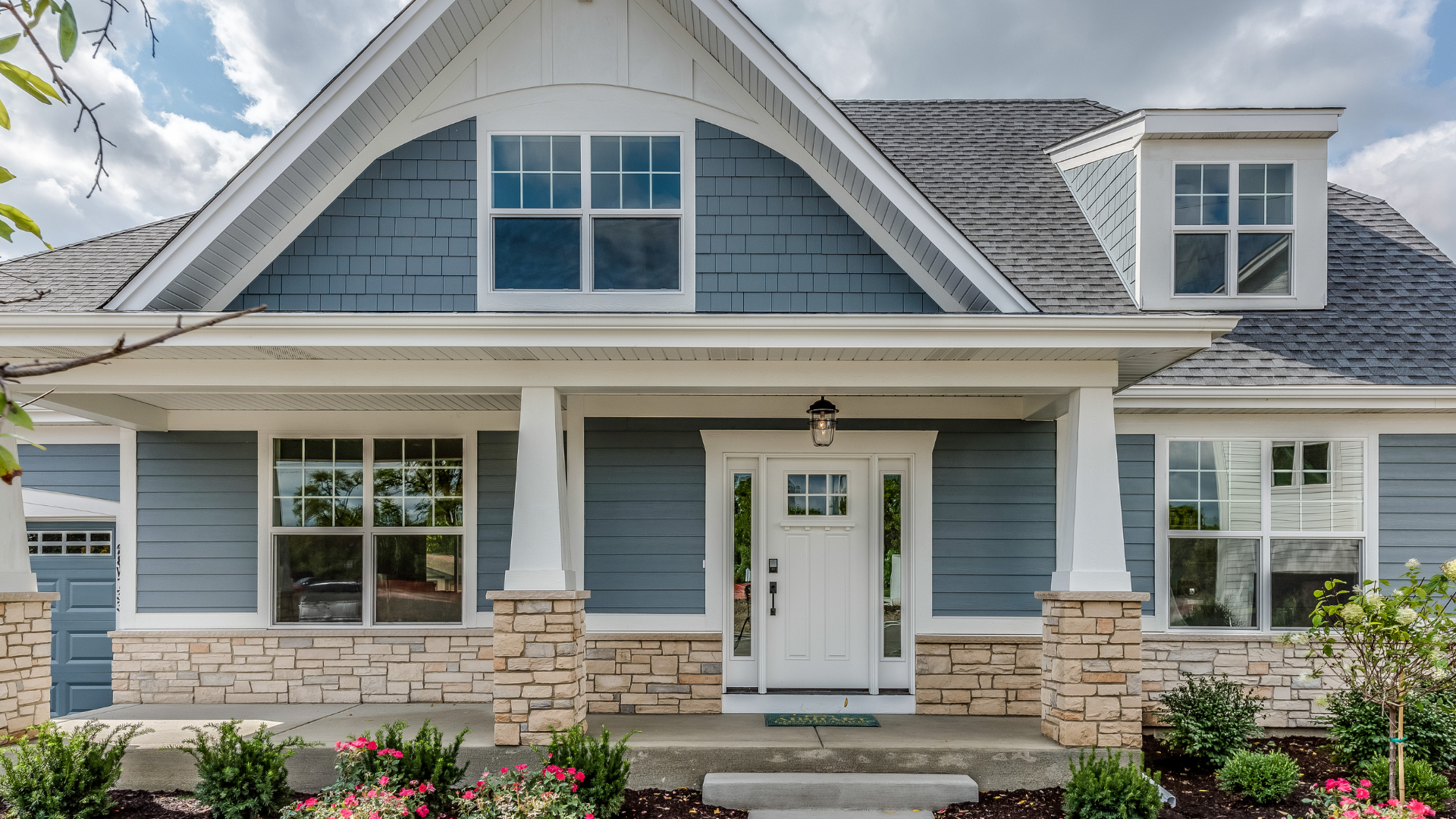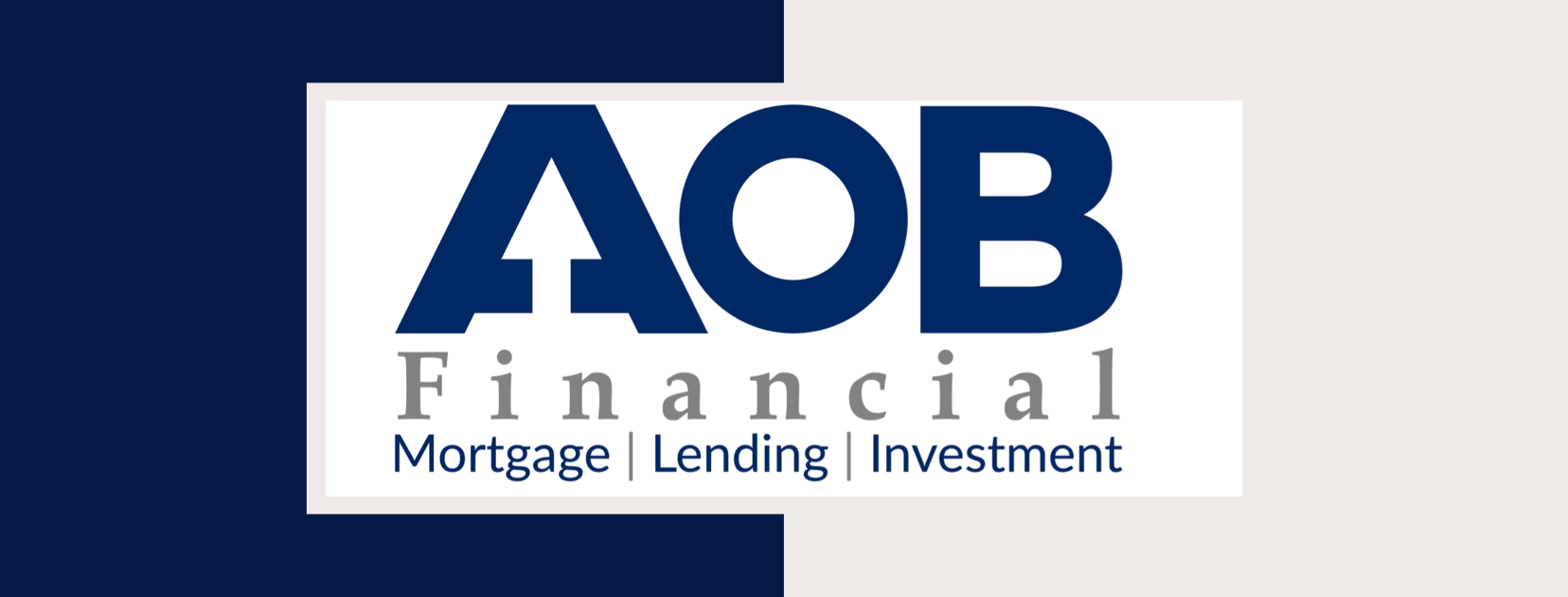Mortgage financing. Simplified.
AOB Financial
Let us guide you through the complex world of mortgage financing.
Mortgage financing can be confusing, it doesn't have to be, here's the plan.
Get started right away
The best place to start is to connect with us directly. The mortgage process is personal. Our commitment is to listen to all your needs, assess your financial situation, and provide you with a clear plan forward.
Get a clear plan
Sorting through all the different mortgage lenders, rates, terms, and features can be overwhelming. Let us cut through the noise, we'll outline the best mortgage products available, with your needs in mind.
Let us handle the details
When it comes time to arranging your mortgage, we have the experience to bring it together. We'll make sure you know exactly where you stand at all times. No surprises. We've got you covered.

Ose Ainabe
Mortgage Agent Level 2
Ose believes in challenging today’s model of real estate. He believes in providing an all-encompassing experience for you, the client, from start to finish by making sure your needs are met and your best interests are protected. As both a professional mortgage and real estate agent, he is someone who can ensure you get a clear plan to move forward whether you are buying, selling, or investing in real estate.
Working with both local and international clients, Ose’s award-winning mortgage experience has been built over many years providing a wealth of mortgage product knowledge. His interest and passion for real estate has blossomed over the years and is evident in his experience as a
real estate investor & enthusiast, helping him establish strong relationships with multiple lenders from the A, B, and Private spaces.
We can help you arrange mortgage financing for the following services:
Nice things people have said about working with me.
Let's run some numbers
Start by telling us where you're at in your home buying journey.
Articles to keep you learning





